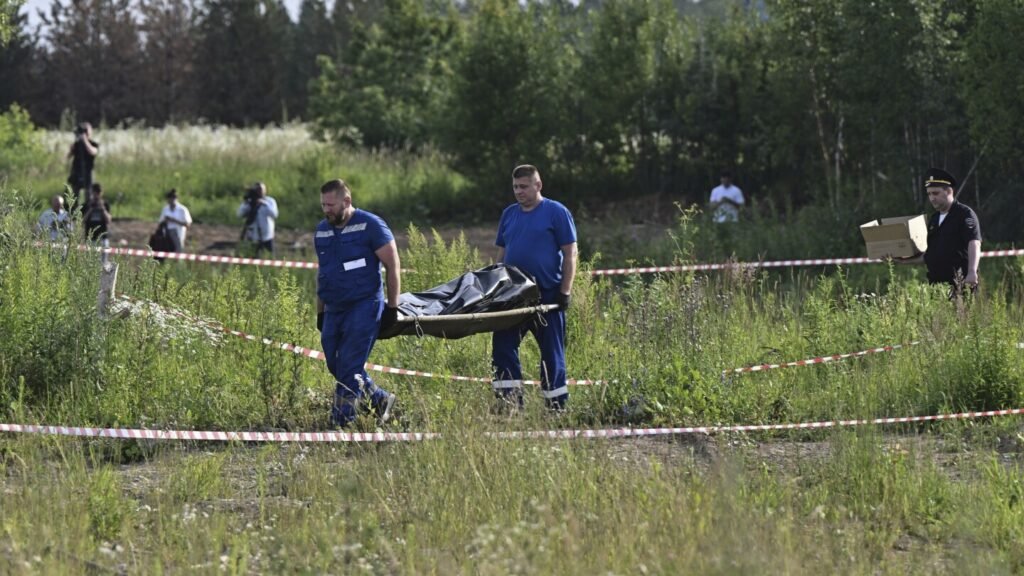The death of a Russian Cabinet minister in a field near his posh home in a Moscow suburb has fueled wild speculation about how he died and what it means.
Among the unanswered questions: Did Roman Starovoit really kill himself in his car, as authorities said, or did he take his life in a nearby park? Was he facing a criminal investigation into large-scale corruption? And does his death signal a new, harsher environment for Kremlin elites related to the war in Ukraine?
Russian media was abuzz with claims that Starovoit, who was found dead hours after being fired Monday by President Vladimir Putin, had faced potential corruption charges linked to his previous job as governor of the Kursk region, where Ukrainian forces staged a surprise incursion last year. His death drew quick comparisons to Soviet dictator Josef Stalin’s purges in which some top Kremlin officials killed themselves rather than risk arrest.
Starovoit’s former deputy, who succeeded him as Kursk governor, was arrested in April on charges of embezzling state money allocated for building fortifications on the border with Ukraine, and Russian media reports claimed that he testified against his former boss. Russian authorities have not announced any criminal case against Starovoit.
Observers say Starovoit’s death highlighted the deepening rifts and tensions within the government as the full-scale war in Ukraine approaches its 3½-year mark.
Tatiana Stanovaya of the Carnegie Russia Eurasia Center said members of Russian officialdom have found themselves increasingly trapped by the war environment, which “has made the interests of once-influential figures look small” and made “everything subordinate to the harsh logic of the system’s survival.”
Starovoit, who served as transport minister for just over a year, was found dead from a gunshot wound. He was 53.
Controversy immediately surrounded the death. The Investigative Committee, the country’s top criminal investigation agency, said Starovoit’s body was found in his car in the Odintsovo district just west of the capital that is home to many members of the Russian elite. The committee said a criminal probe was launched and that investigators saw suicide as the most likely cause.
But Russian media reported that his body was actually found in the bushes near a parking lot where he left his Tesla, and authorities allowed reporters to record morgue workers carrying it from the site. A pistol presented to him as an official gift was at his side.
It was unclear when he died. The Investigative Committee did not offer a time of death, and some media outlets claimed that he killed himself over the weekend.
When the first unconfirmed reports about Starovoit’s death emerged Monday afternoon, lawmaker Andrei Kartapolov told news outlet RTVI that Starovoit killed himself “quite a while ago.”
The business daily Kommersant quoted some of the minister’s associates as saying that he showed up in his office Monday, just before Putin’s decree dismissing him was published, and he later posted a farewell message on the ministry’s group chat.
Some observers noted that it marked the first suicide by a Cabinet member since Soviet Interior Minister Boris Pugo killed himself after a botched hard-line coup in August 1991.
Many also pointed out a string of recent mysterious suicides involving senior executives at Russian state oil and gas companies, including Andrei Badalov, vice president of the state-controlled Transneft oil pipeline operator, who reportedly fell from the window of his Moscow apartment last week.
A cloud of doubt always hung over the official declarations that those deaths were suicides. Some commentators alleged that Starovoit’s high-level connections might have feared that he would point the finger at them if arrested.
